Epididymal cyst is a dangerous disease in men?
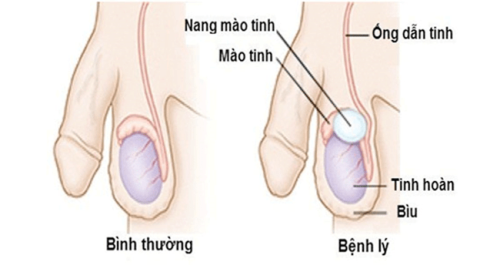
Epididymal cyst sometimes called sperm cyst is a very common condition in men. They usually do not impair fertility and do not require treatment. If a epididymal cyst grows large enough to cause discomfort, your doctor may recommend surgery. In the article below, you will have more information about epididymal cysts, how to recognize and treat the disease.
content
- Overview of epididymal cysts
- Symptoms of epididymal cysts
- When do you need to see a doctor?
- Causes and complications of epididymal cysts
- Can epididymitis be prevented?
- Diagnosis of epididymal cyst
- Methods of treating epididymal cysts
Overview of epididymal cysts
An epididymal cyst is an abnormal sac that develops in the epididymis. The epididymis is described as a small, coiled tube at the top of the testicle that stores and transports sperm. Epididymal cysts are not cancerous and are usually painless. An epididymal cyst is usually filled with a milky or clear liquid that may contain sperm.
The exact cause of epididymal cysts is unclear. Medical experts think it could be due to a blockage in one of the vas deferens.
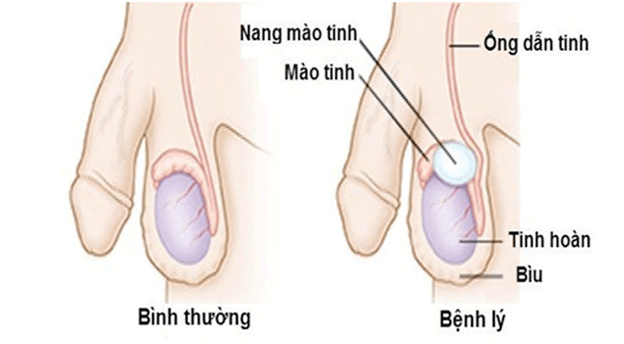
The cause of epididymal cyst is not clear
Symptoms of epididymal cysts
An epididymal cyst usually causes no signs or symptoms and can remain stable in size. However, if it grows large, you may feel:
- Pain or discomfort in the affected testicle.
- Heaviness in the testicles accompanied by epididymal cysts.
- Swelling behind and above the testicles.
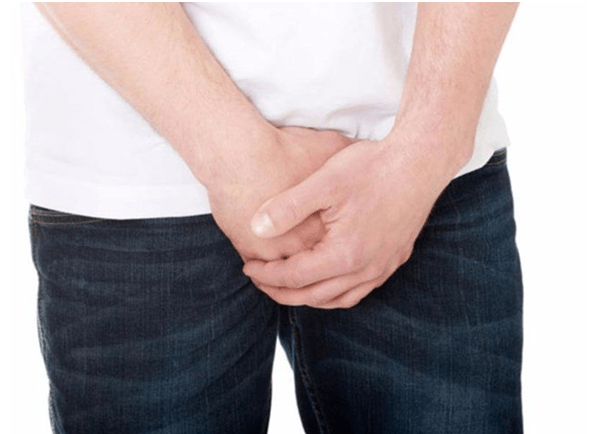
People with epididymal cysts may experience pain and discomfort
When do you need to see a doctor?
Epididymal cysts usually do not cause symptoms. You can detect it during a self-exam of your testicles or during a routine physical exam.
You should have your doctor evaluate the scrotum to rule out a serious condition, such as testicular cancer. Also, call your doctor if you have pain or swelling in your scrotum. Some conditions can cause testicular pain and need to be treated right away.
Causes and complications of epididymal cysts
The cause of epididymal cysts is currently unknown. It may be the result of a blockage in one of the many vas deferens inside the epididymis that transport and store sperm from the testicles.
What increases the risk of epididymitis?
Not many risk factors have been identified for epididymal cysts. Men whose mothers received the drug diethylstilbestrol (DES) during pregnancy to prevent miscarriage and other pregnancy complications have an increased risk of epididymitis. Use of this medication was discontinued in 1971 due to concerns about an increased risk of rare vaginal cancer in women.
What complications can epididymal cysts lead to?
Usually, epididymal cysts appear to be harmless. However, if they are painful or grow too large for you to be uncomfortable, you may need surgery to remove them. Surgical removal can damage the epididymis or the vas deferens – a tube that transports sperm from the epididymis to the penis. Damage to either structure can reduce fertility. Another possible complication after surgery is recurrence of the epididymal cyst. However, this is not common.
Can epididymitis be prevented?

Regularly self-examine the scrotum to detect abnormal changes
There is no way to prevent epididymal cysts. It is important that you self-examine your scrotum at least once a month to detect changes. Such as a tumor in your scrotum. Any new mass in your scrotum should be evaluated promptly. Your doctor can instruct you on how to self-examine your testicles for tumors.
How to check testicles?
The right time to examine the testicles is during or after a warm bath or shower. The heat from the water will dilate the scrotum, making it easier to spot anything unusual. Then follow these steps:
- Standing in front of a mirror: Look for bumps on the skin of the scrotum.
- Examine each testicle with both hands: Place your index and middle fingers under the testicle while placing your thumb on top.
- Roll the testicle gently between the fingers: Remember that the testicle is usually smooth, oval, and slightly firm. It is normal for one testicle to be slightly larger than the other. In addition, the spermatic cord that ascends from the top of the testicle (epididymis) is a normal part of the scrotum.
By having this exam regularly, you will become more familiar with your testicles and be aware of any changes that may be worrisome. If you find a lump, see your doctor as soon as possible.
Diagnosis of epididymal cyst
To diagnose epididymitis , you need to have a physical exam. Although epididymal cysts are usually painless, you may feel some discomfort when your doctor examines (palpates) the lump.
Some tests and examinations
Testicular examination
Your doctor may shine a light through your scrotum. With a testicular cyst, light will indicate that the mass is filled with fluid, not a solid mass.
Supersonic
If orchoscopy doesn't clearly show a cyst, an ultrasound can help determine what else it is. Uses high-frequency sound waves to create an image of the structure. May be used to rule out testicular tumor or other cause of scrotal swelling.
Methods of treating epididymal cysts
Drug treatment
Although epididymal cysts do not go away on their own, most do not require treatment. They usually cause no pain or complications. If you have pain, your doctor may recommend over-the-counter pain relievers. Such as acetaminophen (Tylenol) or ibuprofen (Advil, Motrin IB).
Surgical treatment
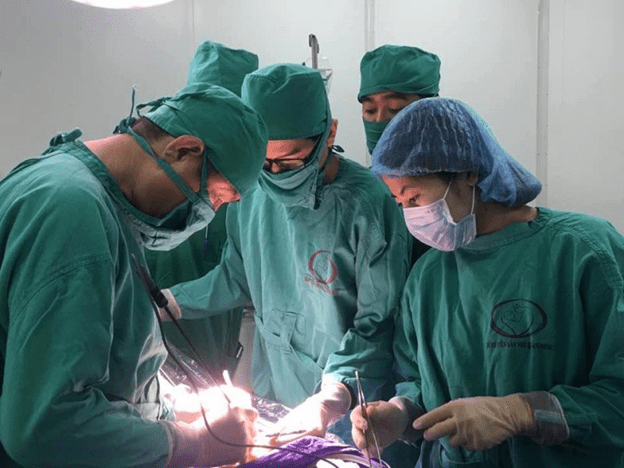
Surgery to remove epididymis cyst
A procedure called epididymectomy is usually done on an outpatient basis. The procedure uses a local anesthetic or a general anesthetic. The surgeon makes an incision in the scrotum and separates the epididymis from the epididymis.
After surgery, you will need to wear a sports support bandage to apply pressure and protect the incision site. In addition, you also need:
- Apply ice for two or three days to reduce swelling.
- Take a pain reliever for a day or two.
- Return for follow-up visits one to three weeks after surgery.
Possible complications from a mastectomy that can affect fertility include damage to the epididymis or the vas deferens. Epididymal cysts can also recur even after surgery.
Aspiration, with or without sclerotherapy
Other treatments include aspiration and sclerotherapy. However, these methods are rarely used. During aspiration, a needle is inserted into the epididymal follicle and drains the fluid.
If epididymal cysts recur, your doctor may recommend aspiration again and then injecting irritating chemicals into the seminal vesicles (sclerotherapy). Irritants cause the spermatozoa to scar, taking up the inherent fluid space and reducing the risk of epididymal cysts recurring. Epididymal injury is a possible complication of sclerotherapy.
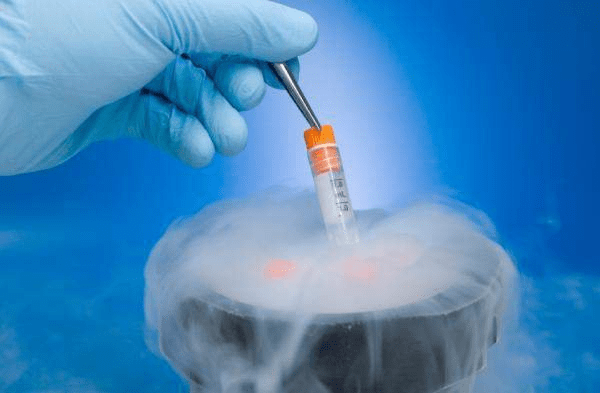
Sperm banks can be a safe way to avoid the risks of an epididymal cyst procedure
Surgery can damage the epididymis or vas deferens, and sclerotherapy can damage the epididymis, affecting fertility. Because of this risk, these procedures may be delayed until after you've given birth.
If testicular cysts are causing a lot of discomfort and you don't want to wait, talk to your doctor about the risks and benefits of sperm banking. This helps you still have the ability to maintain the breed should a mishap occur during the procedure.
Epididymal cysts are not uncommon in men. For the most part, they do not cause many complaints or discomfort to the sufferer. However, if the epididymis cyst grows large, it can cause pain for the patient. Therefore, check the scrotum monthly to detect changes in the scrotum in time. Taking care of your health is the way to a good quality of life.